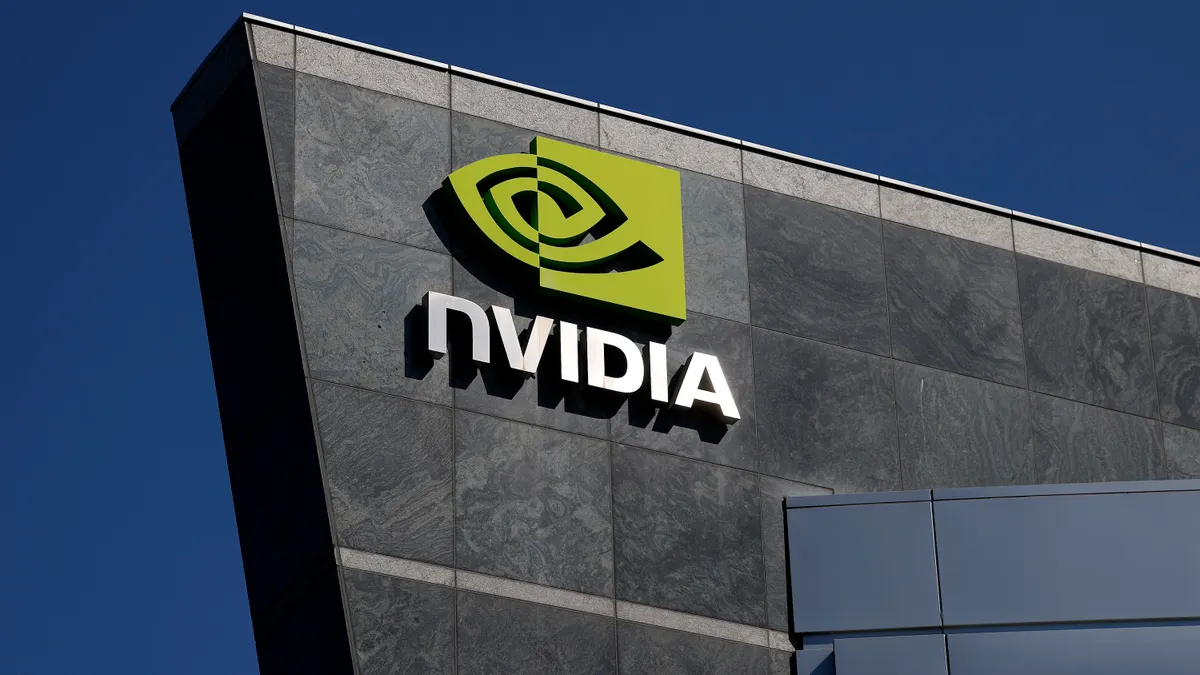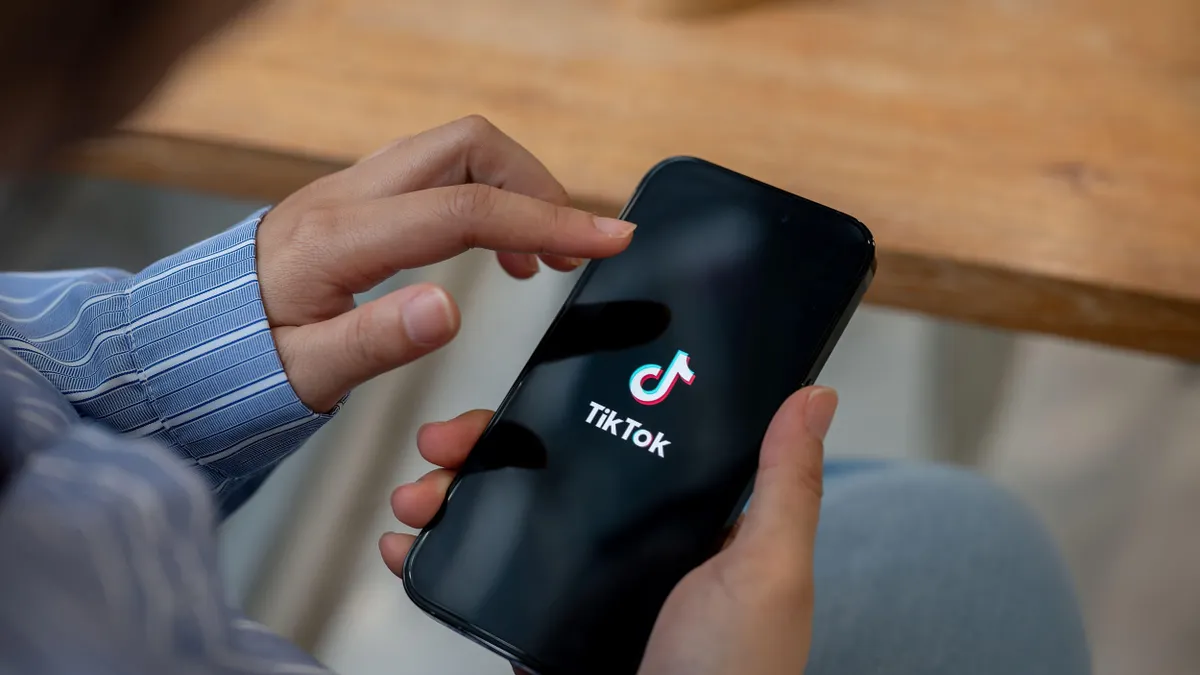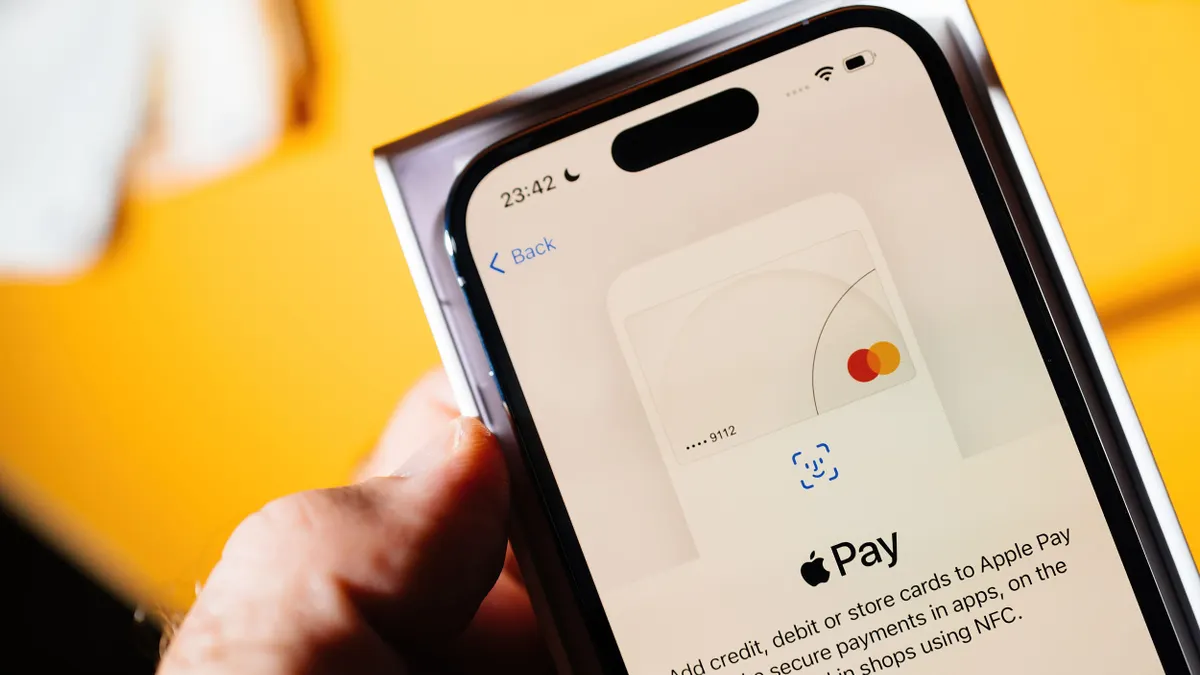The following is a guest post by Elizabeth Brennan, head of advertiser strategy at publisher data platform Permutive. Opinions are the author's own.
Attribution is a sticky subject at the moment. Marketers have spent years perfecting their attribution models, but once Google makes its planned browser changes, these models will no longer work.
It's easy to understand why many marketers are struggling with this notion. They've invested heavily in technology to help them understand which digital marketing channels directly drive direct sales, and which help to contribute to sales further down the line. This information is critical to the budgetary decisions that marketing departments make tactically regarding weekly optimizations, and strategically when channel planning.
Attribution models — whether it's last-click or a more sophisticated data-driven multitouch affair — rely on cookies in order to function. Being able to identify and follow a user across sites and media channels is central to their functionality. Without cookies, they can't provide the insight that many advertisers have come to view as standard.
When third-party cookies are no longer available on Chrome, the web will be split into two major camps: the authenticated and anonymous. The authenticated web, circa 5% of traffic, are logged-in users for whom an advertiser will continue to have an identifier. This leaves over 95% of users who will use the internet anonymously — with no specific identifier for advertisers. How then can brands and agencies continue to effectively plan and optimize media?
There are two broad categories of media measurement that will allow for planning and optimizations: analog and digital. While analog media measurement will continue to function as it currently does, there will be a resolution on digital measurement led by browsers, and both methods have their positives and negatives.
Analog measurement for a cookieless world
Analog measurement has been available to advertisers for decades as econometric or media mix modeling. It uses statistical models to understand the relationship between media channels and the outcomes that marketers are working toward; measuring the impact of TV spend on sales volume, for example.
Like attribution modeling, it can measure the impact of several channels simultaneously. This is incredibly helpful when trying to understand the relative value of each channel on business outcomes. In addition, it can be used to show other insights that marketers could find interesting; should they run TV "always on" or "week on, week off."
However, there are limitations with econometric modeling. It uses historical data to predict future outcomes, which means it must run after a campaign has finished — rather than in real-time as many marketers are used to. The IPA recommends no less than three years of data should be part of an econometric model, and not all businesses have this information.
It can also be time consuming and costly to run econometric modeling, as it requires a specialist skill set that few advertisers and agencies have in-house. If the test is not properly designed, it's unlikely to yield conclusive results. If you have time, data and money, econometric models could be a good solution to rely on in a cookieless world.
Browsers are leading the charge for digital attribution solutions
Browser vendors like Safari WebKit and Google Chrome have already announced they will release solutions for digital attribution. However, we should expect less granularity and sophistication compared to the tools in the market today. Similar to other browser proposals that address the impact of cookies' decline, much of the data processing will move to the user's device, with only aggregated insights becoming available to the marketer.
Both Safari and Chrome propose similar solutions: click-through attribution. Safari's API specification is going through review at the W3C Privacy Community Group and is likely to be released soon. Click-through conversion APIs will store a click event for a campaign in the user's browser for a specific advertiser domain. If the user then converts on that advertiser's site, the browser will send an attribution event to a measurement service.
Privacy-first is a differentiator in attribution solutions
What's important is that the browser will implement measures to ensure no personal information is exposed. These measures include:
- A limit on how long or detailed the campaign identifier can be as to not be used as user identifiers. Safari will allow brands to track up to 64 concurrent campaigns IDs.
- A limit on how much data can be used to distinguish conversion events, for the same reasons. These bits could represent basket value, steps in a conversion funnel or product categories. Brands can define up to 64 different conversions events.
- Attribution events will be emitted at a random time, within 24 to 48 hours after the conversion, to make it impossible to tie it back to a transaction timestamp.
Click-through attribution can also be achieved with UTM parameters, which tell an analytics platform the source of website traffic. Working with a data science team, advertisers can analyze data sources versus the transactions driven. Putting this data into a reporting format should help marketers to understand the interplay between channels, most common customer journeys and which channels drive the most direct transactions.
Again, this method has its limitations compared with the richness of attribution models. URL parameters are also perceived as a privacy risk by browsers, as they might include user IDs. However, it's an accessible form of digital measurement that exists today and will continue to exist post-cookie deprication.
Chrome is discussing use cases that include view-through and multitouch attribution. Compared to click-through attribution, the impact of these API extensions would be much higher, as these use cases are currently not possible without cross-domain identifiers. However, there is still significant work required from browser vendors to assess the privacy impact and to draft a more robust API specification.
What can you do now to best prepare your business for the new world?
Marketers don't have to wait to make new attribution plans. Here are some steps you can take now:
- Build all the learnings you can from the digital data you have access to and build robust marketing principles that can be used for the next 6 to 12 months.
- Test cookieless digital media solutions so you can still reach customers and grow your business with confidence. Building your new stack in parallel to your existing one is key to minimizing loss in scale when Chrome sunsets cookies.
- Discover whether your business can rely on econometric modeling. Do you have access to the right data now? If not, could you put a plan in place to get it?
The world of digital media measurement will undoubtedly change without cookies. While this is a frustrating reality for many, there are measurement techniques available to help marketers understand channel value and their impact on the bottom line.
But marketers need to start looking at getting the most out of data now, and be prepared to look at different measures of success. It will be critical to ensuring that digital marketers can continue to plan and execute media with efficacy and confidence.



















